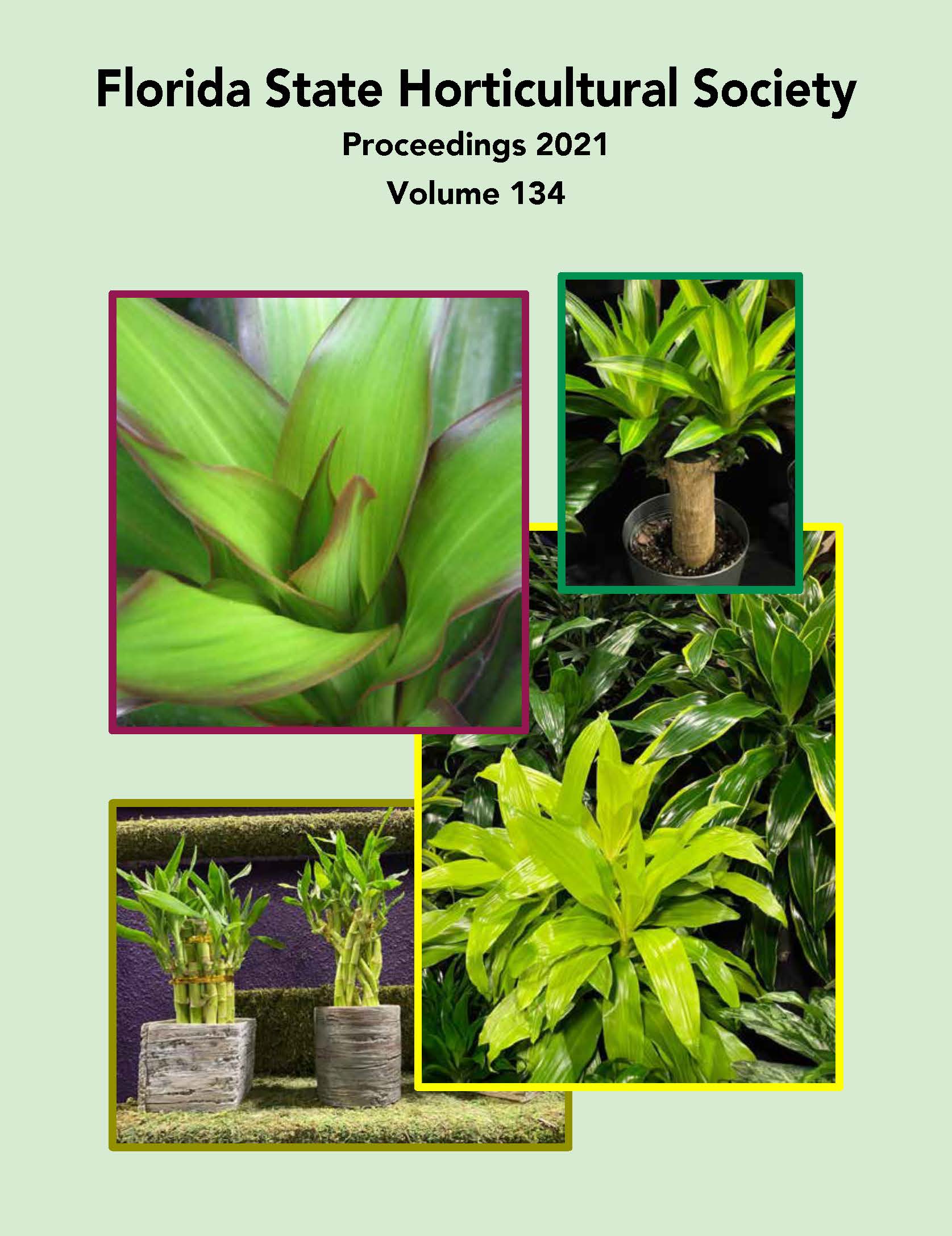Abstract
Citrate is one of several intermediates in the tricarboxylic acid cycle (TCA), which is the center for energy production in the plant cell. Citrate is found at high levels in citrus fruits and different tissues. It has been found that citrate plays an important role in phosphate uptake from the soil. Additionally, it is believed that citrate is the main carbon source for Candidatus Liberbiacter asiaticus, the causal agent of huanglongbing disease. Several different methods have been developed for the detection and quantification of citrate in different sample matrixes. However, most of these methods are time-consuming, expensive, require a cleanup step before analysis, and are not available in most laboratories. We previously established a europium-based method for the detection and quantification of oxytetracycline in citrus tissues after the treatment with this antibiotic. We reported a significant increase in the fluorescence intensity of the europium tetracycline complex after the addition of citrate as sensitizing agent. We now report a fluorescence method for the determination of citrate in citrus plants using europium and oxytetracycline as a sensitizing agent. Our results showed a wide linear range (R2 = 0.99) between the log of citrate concentration (5 ppm to 500 ppm) and fluorescence intensity. We also were able to estimate citrate in juice and phloem and xylem saps in lime, lemon, and sweet oranges. The recovery of citrate from citrus juice and saps ranged from 80 to 108%. Currently, we are optimizing the method for the determination of citrate in citrus leaves and other tissues.

